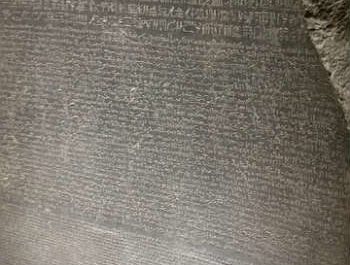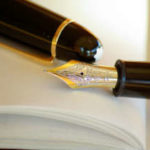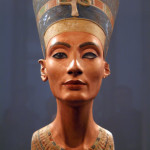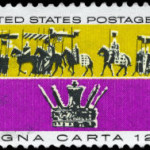Details Of The Rosetta Stone Discovery
When Napoleon Bonaparte returned to France after a successful campaign, future plans included quickly invading England. However, an alternative plan led him to Egypt, where his soldiers discovered the Rosetta Stone.
Ira Riklis shares the discovery of the Rosetta Stone, what it is, its significance, and its importance today.
Victories That Led To The Rosetta Stone
Once Napoleon successfully led an Italian campaign, he received numerous accolades upon his return to Paris in late 1797. Many scholars recognized Napoleon’s sense of an enlightened view of art, culture, education, religion, and freedom of the press.
His drive and intellect, along with enlightened views, likely contributed to successful military conquests. Enlightenment-Revolution describes Napoleon as “one of the world’s great conquerors.” After a successful campaign in Italy, his directory included invasion of England. However, he suggested alternative plans that included capturing Egypt.
He hoped that after capturing Egypt, France would gain control of major trade routes. The Napoleon Series explains that while revising plans in The Directory, he hoped to uncover some of Egypt’s mysteries.
His forces totaled 36,000 soldiers, 17,000 sailors, and numerous scientists. Setting sail from Marseilles, Genoa and other major ports, Malta quickly fell. Napoleon next led charges in the battle for Egypt. It has been stated that Napoleon defeated Mameluke forces, up to 78,000 strong, in spite of Napoleon’s weary forces. His forces successfully used an approach to counter the usual battle technique of enemy forces, leading to victory for the French.
Discovery Of The Stone
Napoleon achieved victory at Battle of the Pyramids and began occupation of Egypt, making many improvements. He instructed scientists, historians, and other scholars to take possession of cultural artifacts.
Pierre François Xavier Bouchard uncovered a large stone with mysterious engravings. Sources vary regarding whether Bouchard discovered it lying on the ground or found it while demolishing an old wall. Whatever occurred, the stone became “Rosetta Stone,” due to its discovery in the village of el-Rashid, or “Rosetta.”
The stone weighed nearly a ton. Chiseled in Greek and Egyptian, one of the Egyptian scripts included ancient Hieroglyphs. Scholars announced that the Rosetta Stone, chiseled in the two languages and three texts, held the key to deciphering the ancient Egyptian language, that scholars reading Greek inscriptions could use the Greek message to decipher the other inscriptions. The second script, Demotic, evolved from Hieroglyphics.
The British Museum, which took possession of the Rosetta Stone in 1802 after Britain gained possession of it under the 1801 Treaty of Alexandria, describes the Rosetta Stone, as being composed of part grey and pink granodiorite stela and that inscriptions are of a priestly decree concerning Ptolemy V. It measures in length, 112.3 centimeters (max), Width: 75.7 centimeters, Thickness: 28.4 centimeters and dates to 196 BC.
Deciphering The Stone
In spite of a large missing piece in the upper left corner and a smaller missing piece, scholars recognized the importance of the Rosetta Stone for its historical significance, in addition to importance related to deciphering hieroglyphics. Adrienne Naquin points out features and their significance in The Discovery and Decipherment of the Rosetta Stone at the British Museum.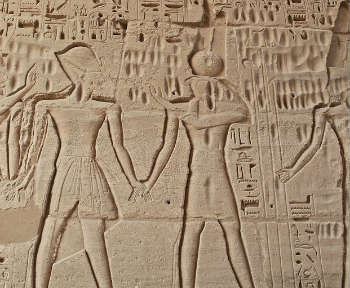
Naquin reveals that the Rosetta Stone served as a commemorative stela and originally came from an Egyptian temple. The priestly decrees feature high praise for then-ruler Ptolemy V Epiphanes. Detailing good deeds and acknowledging a military victory, the Rosetta Stone includes quotes from Ptolemy, instructions about how priests were to pay homage to Ptolemy V and many more.
Englishman Thomas Young receives credit for first success at cracking mysteries of the hieroglyphs using the Rosetta Stone although French scholar Jean-François Champollion completed the translation, achieving recognition for his success.
The Rosetta Stone resides in the British Museum’s Egyptology Collection, in spite of The Telegraph reporting demands from Egypt to return the Rosetta Stone to Egypt in 2003.

